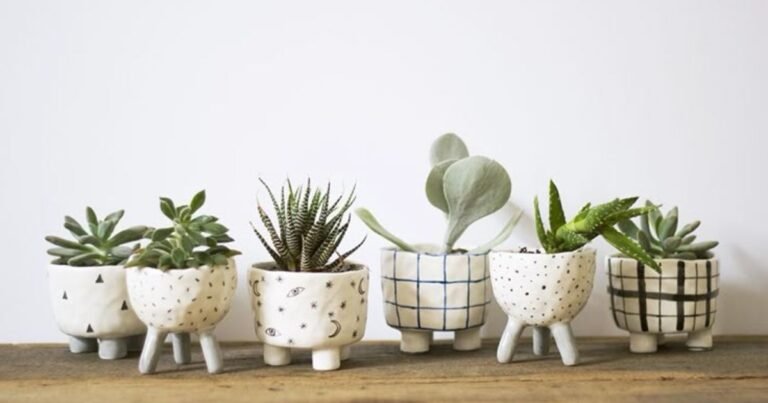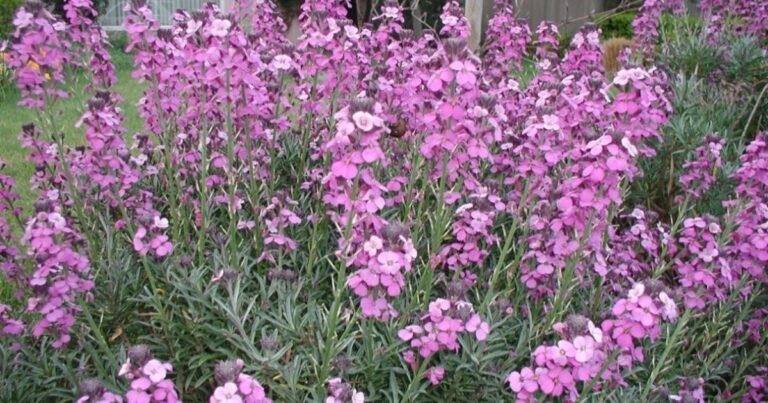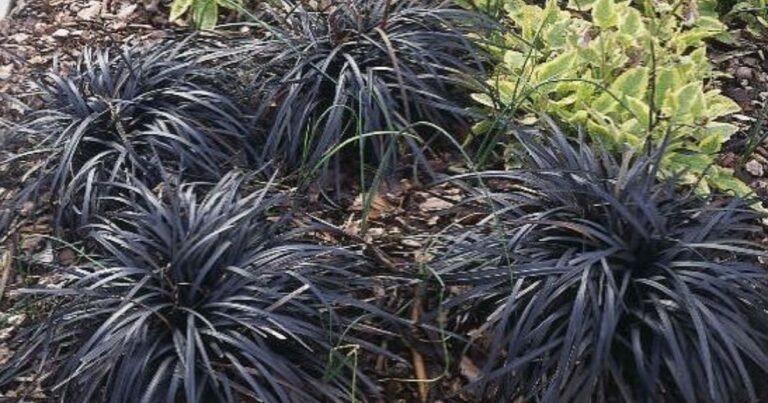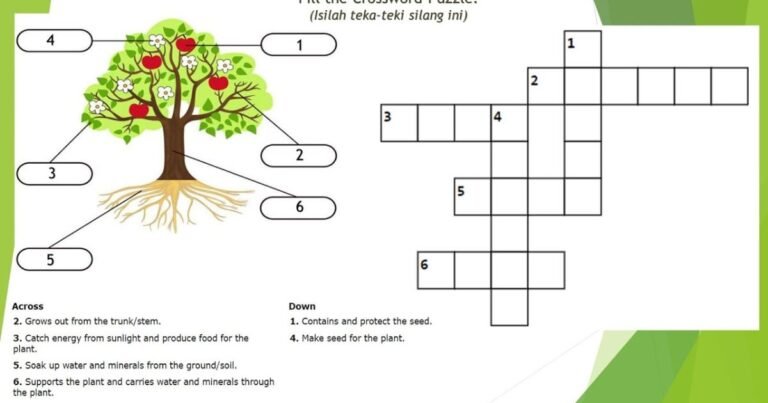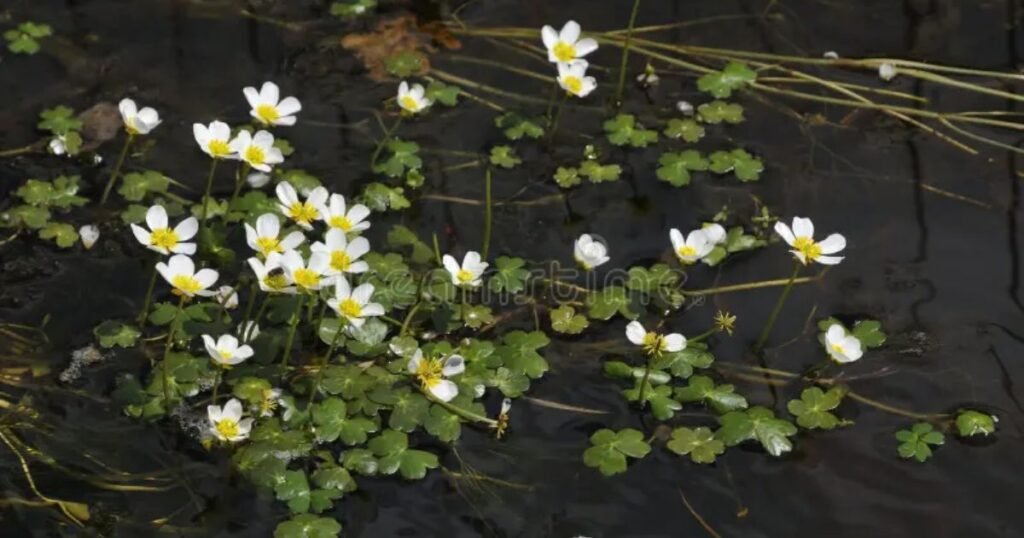
Oxygenating pond plants improve water quality and support aquatic life naturally.
Maintaining a healthy water garden requires more than just clean water it depends on creating a balanced ecosystem. One key element often overlooked is oxygenating pond plants. These plants naturally add oxygen to the water, supporting fish, controlling algae, and promoting clearer water. But which plants work best, and how do they help your pond thrive?
Why Are Oxygenating Pond Plants Important?
Oxygenating pond plants play a crucial role in maintaining water quality. They absorb carbon dioxide and release oxygen during photosynthesis, which is vital for aquatic life like fish and beneficial bacteria. Without enough oxygen, ponds can become stagnant, leading to algae blooms and foul odors.
Top Oxygenating Pond Plants for Your Water Garden
Several species stand out as the most effective oxygenating pond plants:
- Hornwort (Ceratophyllum demersum): A fast-growing submerged plant that provides excellent oxygenation and reduces algae by competing for nutrients.
- Elodea (Elodea canadensis): Also called Canadian waterweed, this plant is easy to grow and supports pond oxygen levels effectively.
- Waterweed (Egeria densa): A popular choice that thrives in cooler ponds, known for its dense foliage and oxygen-producing abilities.
- Anacharis: Another submerged oxygenating plant that helps maintain a clean pond environment.
Each of these plants also helps control excess nutrients, limiting algae growth and improving water clarity.
How to Choose the Right Oxygenating Plants for Your Pond?
Selecting the best plants depends on your pond’s size, climate, and the type of aquatic life you keep. For smaller ponds, slower-growing species like hornwort are ideal. Larger ponds can support a mix of plants to create balance. Always avoid invasive species that can overrun your water garden.
How to Care for Oxygenating Pond Plants?
Healthy oxygenating plants need proper care. Regularly remove dead or decaying leaves to prevent nutrient buildup. Maintain a balanced pond environment with good filtration and avoid overfeeding fish. If algae start to dominate, adding more oxygenating plants can help restore balance.Want to maximize greenery around your pond, even in small spaces? Check out our picks for the best outdoor plant hanger stands to creatively display hanging plants near your water garden.
Why Trust These Recommendations?
As a water garden enthusiast and with guidance from trusted resources like One Parish, these plant selections and care tips come from practical experience and environmental understanding. Balancing your pond with the right plants ensures a thriving ecosystem, supporting fish, beneficial insects, and clear water you can enjoy.For more detailed advice on maintaining your pond ecosystem and choosing plants, visit One Parish, a trusted resource for water garden care.
Frequently Asked Questions
What are oxygenating pond plants used for?
Oxygenating pond plants supply oxygen to water, improving fish health and reducing algae growth.
How often should I trim oxygenating pond plants?
Trim them every few weeks or when they become too dense to keep the pond balanced.
Can oxygenating plants help clear algae in ponds?
Yes, they compete for nutrients algae need, reducing algae growth naturally.
Are oxygenating pond plants safe for all types of ponds?
Generally yes, but it’s important to pick species suitable for your pond’s climate and size.
